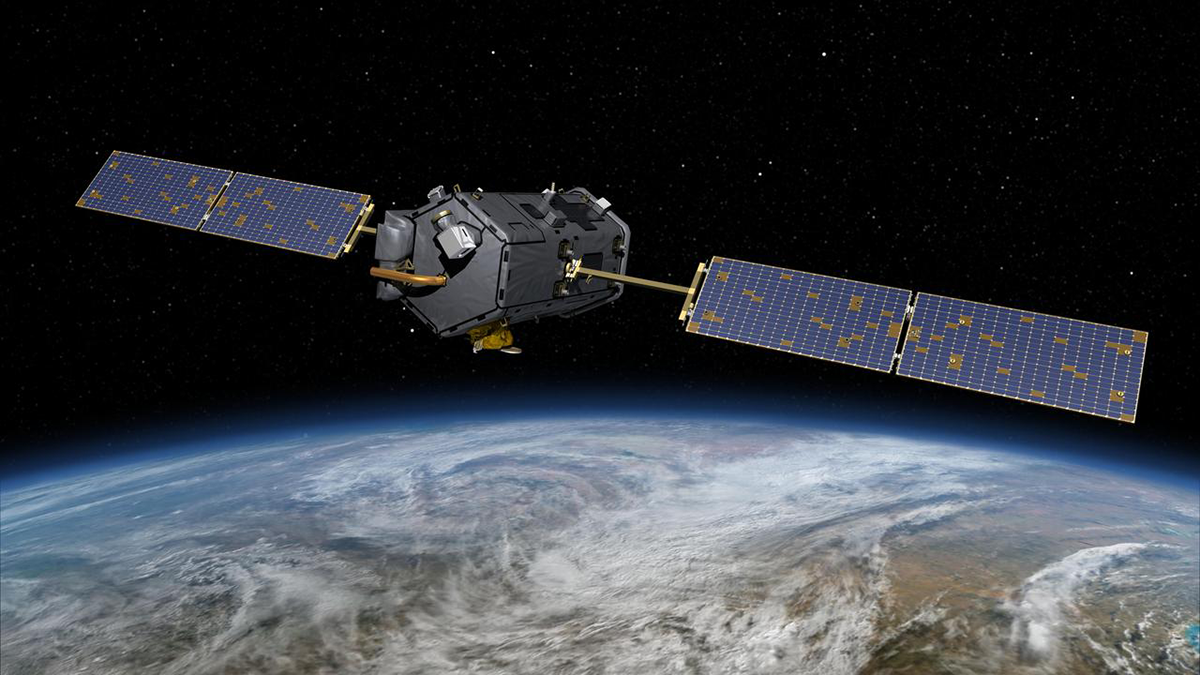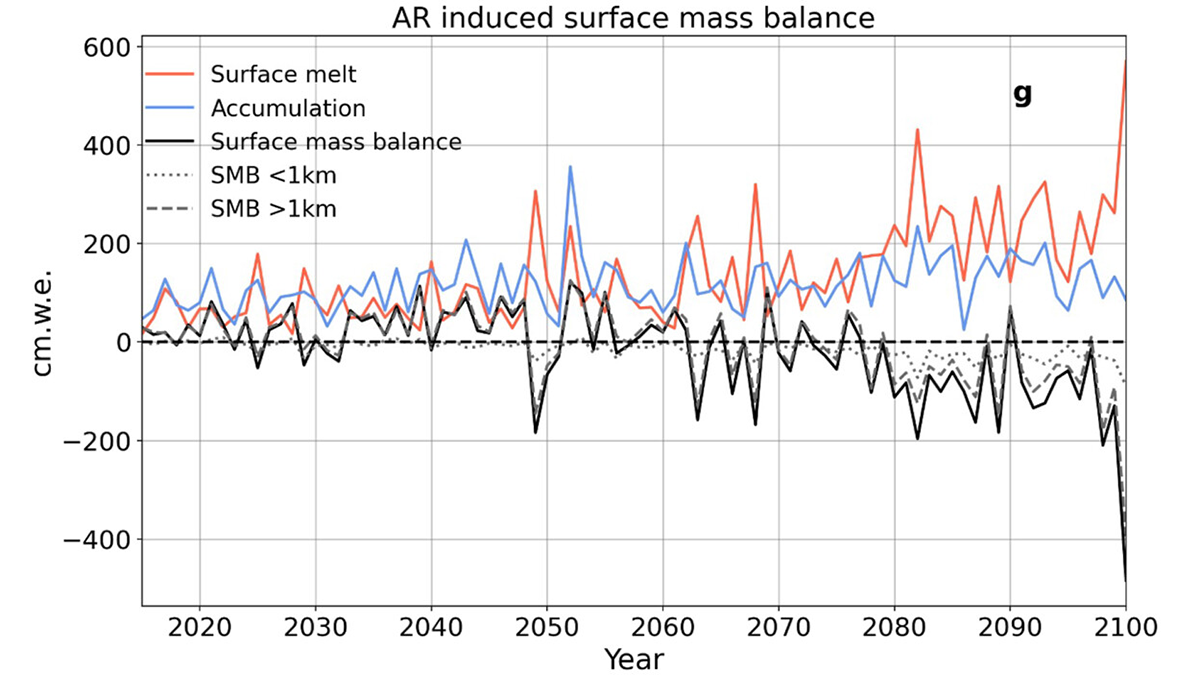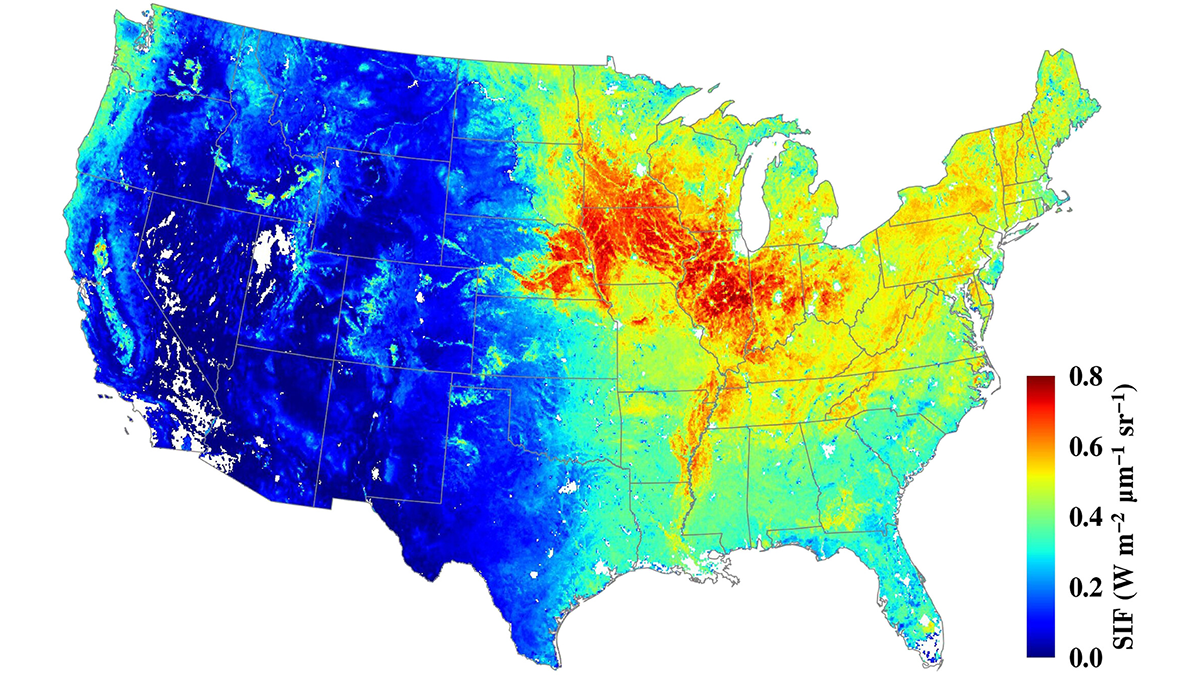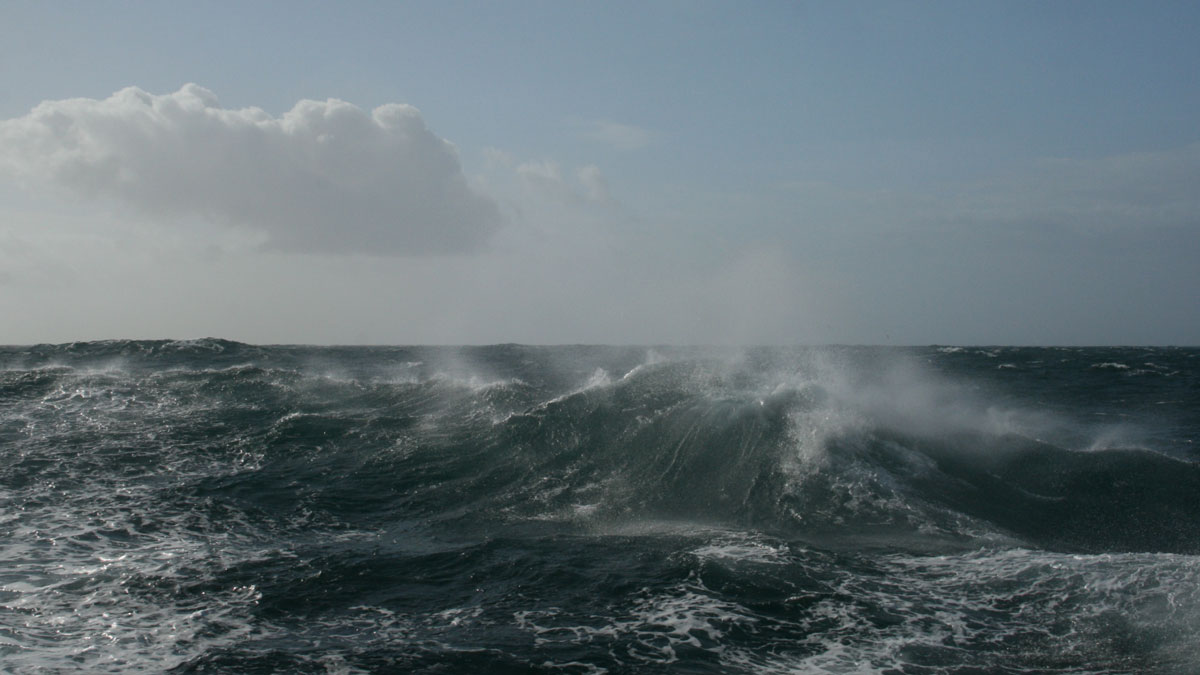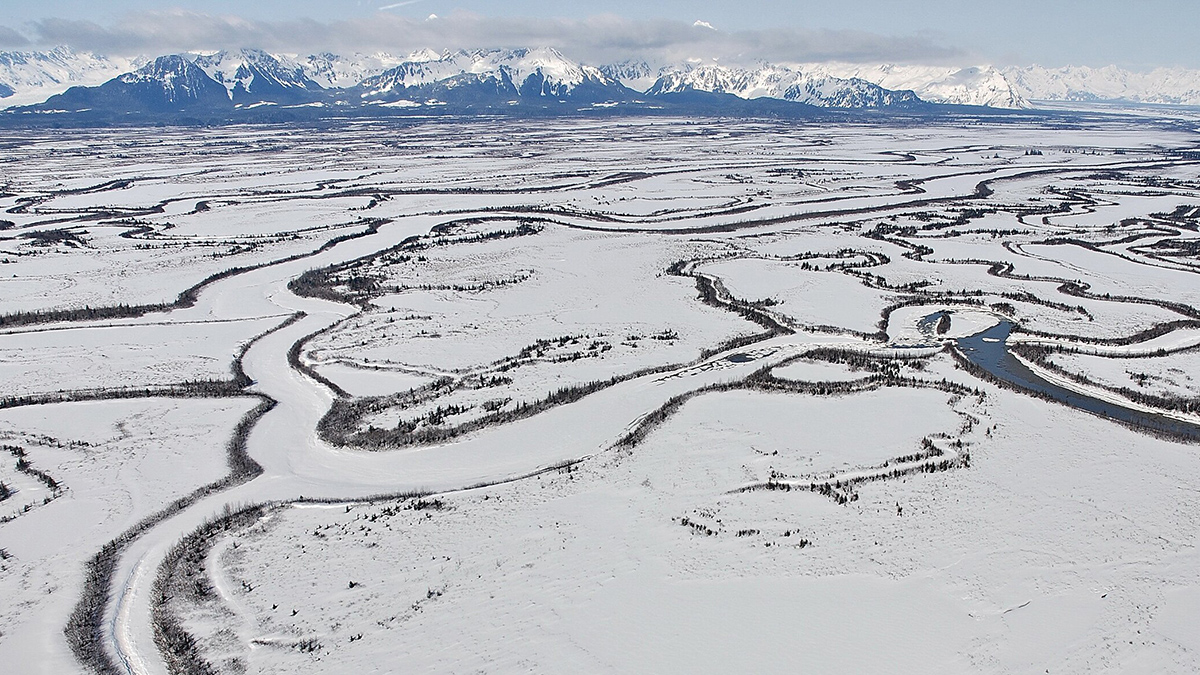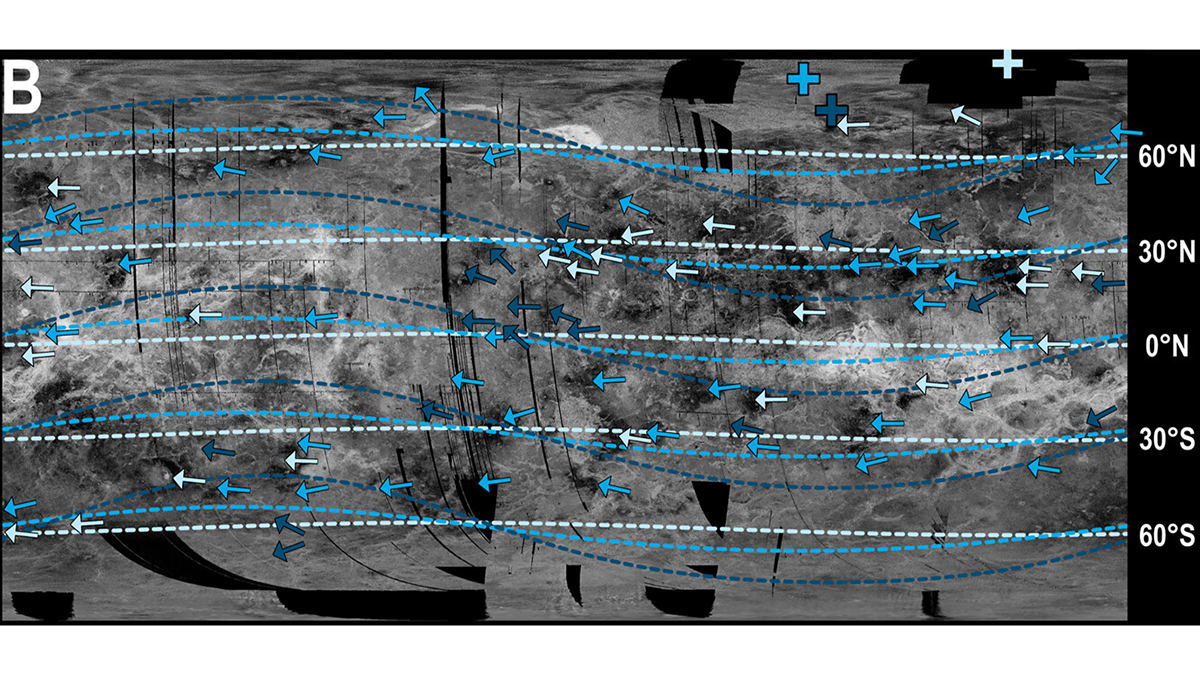NASA’s Orbiting Carbon Observatory-2 satellite reveals an impressively dynamic picture of the Earth’s carbon cycle, yet it may be prematurely decommissioned and destroyed due to budget cuts.
AGU Advances
Atmospheric Rivers Shaped Greenland’s Ancient Ice
New simulations reveal how atmospheric rivers influenced Greenland’s ice sheet during the Last Interglacial—offering clues to future melt in a warming world.
Serendipity in Space: NASA’s Eye in the Sky
The Orbiting Carbon Observatory-2 (OCO-2) mission, proposed for early termination, has turned out to be a boon to forest and agricultural management.
Rising Temperature and Decreasing Snow Cover Increase Soil Breakdown
With climate change and rising temperatures, soil freeze-thaw – which is in turn causing soil breakdown – may counterintuitively increase in the hillslopes where snow cover is decreasing.
The Southern Ocean May Be Building Up a Massive Burp
Modeled results suggest that if anthropogenic emissions decrease and the atmosphere cools, heat stored in the Southern Ocean could be released abruptly in a few hundred years, kicking off a temporary warming period.
Tectonics and Climate Are Shaping an Alaskan Ecosystem
Biogeochemical research reveals the web of forces acting on a high-latitude microbe community in the Copper River Delta.
Satellite Scans Can Estimate Urban Emissions
As more cities strive to meet climate goals, space-based observations may help fill in the gaps on tracking emissions.
New Evidence for a Wobbly Venus?
The orientation of wind-blown impact deposits on Venus is not consistent with modeled wind directions, suggesting Venus’s rotation axis may have changed.

